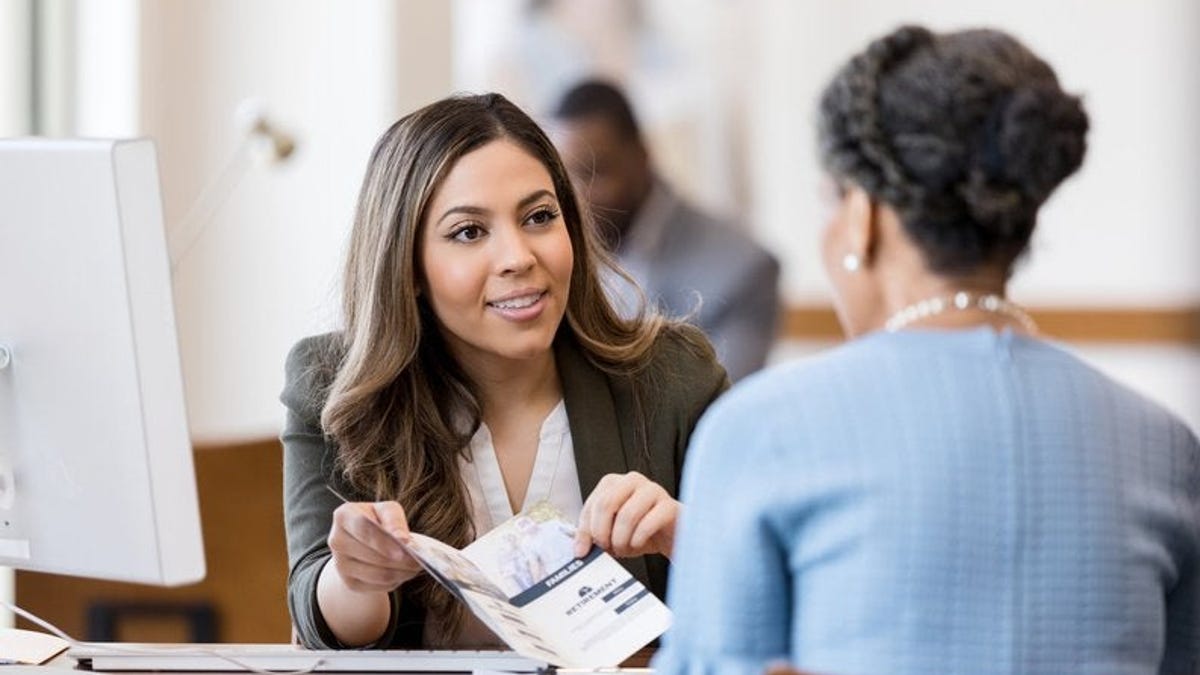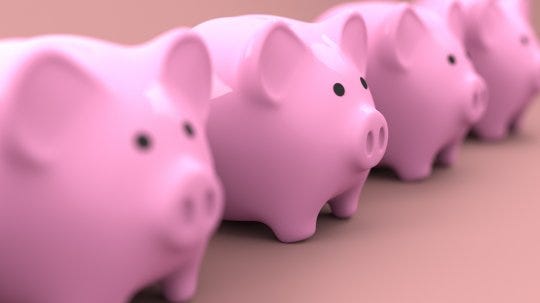

{ // query dom only after user click if (!vdContainer) { vdContainer = document.getElementById(‘videoDetailsContainer’); vdShow = document.getElementById(‘vdt_show’), vdHide = document.getElementById(‘vdt_hide’); } vdContainer.hidden = !(vdContainer.hidden); // show/hide elements if (vdContainer.hidden) { vdShow.hidden = false; vdHide.hidden = true; } else { if (!flagCaption) { flagCaption = true; fireCaptionAnalytics() } vdShow.hidden = true; vdHide.hidden = false; } }); function fireCaptionAnalytics () { let analytics = document.getElementById(“pageAnalytics”); try { if (analytics) { analytics.fireEvent(`${ga_data.route.basePageType}|${section}|${subsection}|streamline|expandCaption`); } else { if (window.newrelic) window.newrelic.noticeError(‘page analytics tag not found’); } } catch (e) { if (window.newrelic) window.newrelic.noticeError(e); } } }()); ]]>
These banks have the best savings accounts for kids
It’s never too early to teach your kids the vital life skill of saving money. Here are some of the best accounts to help show them financial basics.
Buzz60
The number of American households that were unbanked last year dropped to its lowest level since 2009, a dip due in part to people opening accounts to receive financial assistance during the pandemic, a new report says.
Roughly 4.5% of U.S. households – or 5.9 million – didn’t have a checking or savings account with a bank or credit union in 2021, a record low, according to the Federal Deposit Insurance Corporation’s most recent survey of unbanked and underbanked households.
Roughly 45% of households that received a stimulus payment, jobless benefits or other government assistance after the start of the pandemic in March, 2020 said those funds helped compel them to open an account, according to the biennial report which has been conducted since 2009.
“Safe and affordable bank accounts provide a way to bring more Americans into the banking system and will continue to play an important role in advancing economic inclusion for all Americans,” FDIC acting chairman Martin J. Gruenberg said in a statement.
A lack of banking options delayed some households from getting federal payments aimed at helping the country weather the economic fallout from the COVID-19 health crisis.
Battle against predatory lending: Mississippi social justice firm fights payday ‘predatory lending’ in low-income communities
Checks arrived late for some of the unbanked: For ‘unbanked’ Americans, pandemic stimulus checks arrived slowly and with higher fees. But that could change.
The FDIC initiated an educational campaign to get more Americans to open an account to enable the direct deposit of those funds. And banks such as Capital One and Ally Financial ended overdraft and other fees that have been a key barrier to some Americans accessing the banking system.
What does it mean to be unbanked?
A household is deemed unbanked when no one in the home has an account with a bank or credit union. That share of households has dropped by nearly half since 2009. And since 2011, when 8% of U.S. households were unbanked, the highest since the start of the survey, and the record low reached in 2021, roughly half of the drop was due to a shift in the financial circumstances of American households the FDIC says.
Who are the underbanked?
Those who have a checking or savings account, but also use financial alternatives like check cashing services are considered underbanked. The underbanked represented 14% of U.S. households, or 18.7 million, last year.
Why are people unbanked or underbanked?
Many of those who are unbanked say they can’t afford to have an account because of the fees for insufficient funds and overdrafts that are tacked on when account balances fall short. Roughly 29% said fees or not having the required minimum balance were the primary reasons they didn’t have a checking or savings account, as compared to 38% who cited those obstacles in 2019.
Are some groups more likely to be unbanked?
The numbers of the unbanked were greater among households that included those who were working age and disabled, lower income, included a single mother, or were Black or Hispanic. Among white households for instance, 2% didn’t have a bank account last year as compared to 11% and 9% of their Black and Hispanic counterparts.
Meanwhile, nearly 15% of households with a working age member who had a disability were unbanked compared to almost 4% of other households. And nearly 16% of households with a single mother were unbanked as compared to about 2% of married couples who lacked an account.
“These gaps attest there’s still a lot of opportunity to expand participation across the population in the banking system,” Keith Ernst, Associate Director of Consumer Research and Examination Analytics at the FDIC, said during a media call about the report.
Will the number of unbanked rise if the U.S. has a recession?
Perhaps.
“During the last recession unbanked rates did indeed go up,” Karyen Chu, chief of the Banking Research Section at the Center for Financial Research, said during the call.
Additionally, last year, homes where the head of household was out of work were nearly five times more likely to not have a bank account as compared to those where the household head was employed.
Recession predictions 2023: Is a recession inevitable in 2023? Here’s what experts are saying.
“To the extent that income goes down … that has generally been associated with increases in unbanked rates,’’ Chu said.
Follow Charisse Jones on Twitter @charissejones
{ link.setAttribute(‘href’, url); }); } })(); function fireNavShareAnalytics (type) { try { let analytics = document.getElementById(“pageAnalytics”), section = ga_data.route.sectionName || ga_data.route.ssts.split(‘/’)[0]; if (analytics) { analytics.fireEvent(`${ga_data.route.basePageType}:${section}:nav-share-buttons:${type}`); } else { if (window.newrelic) window.newrelic.noticeError(‘page analytics tag not found’); } } catch (e) { if (window.newrelic) window.newrelic.noticeError(e); } } ]]>
Source
